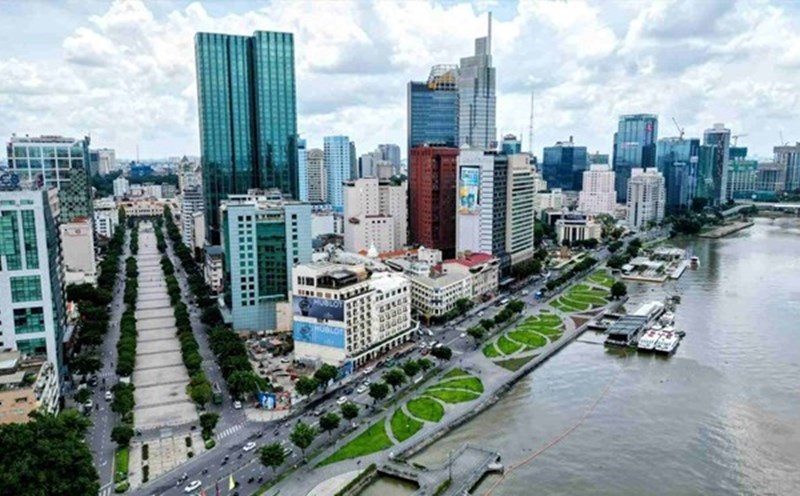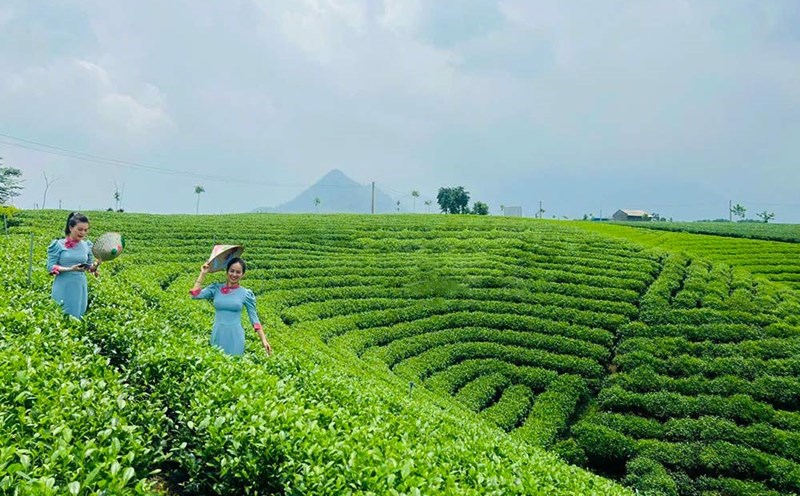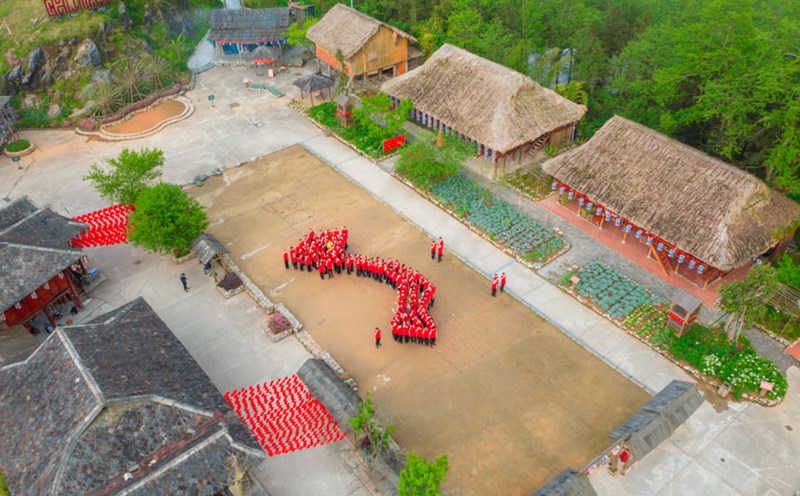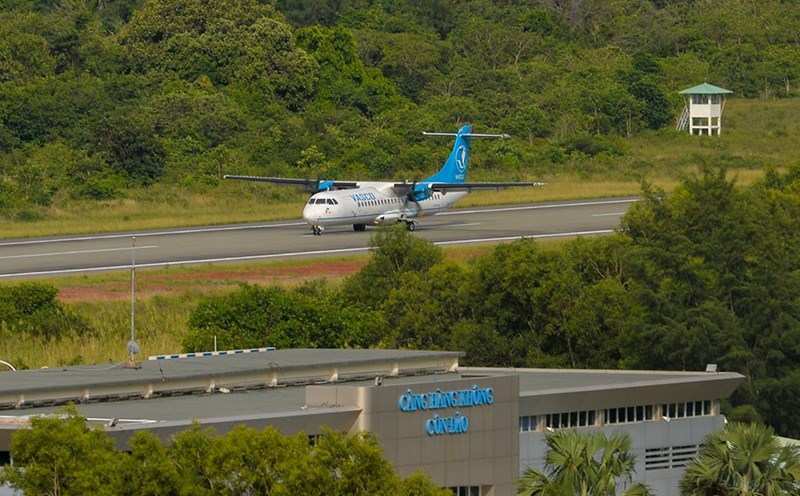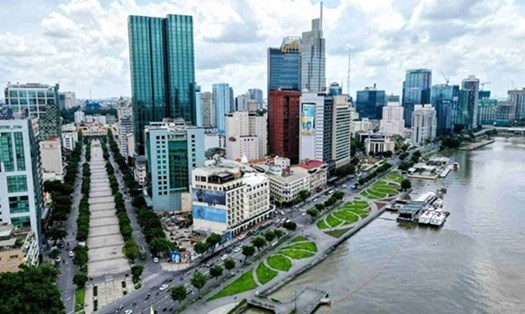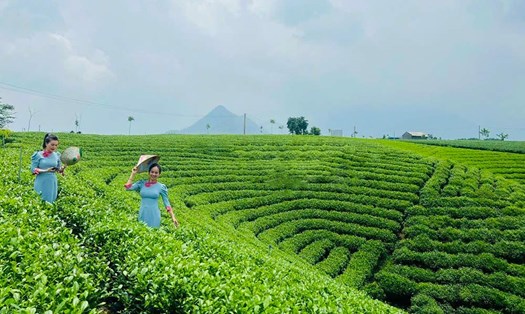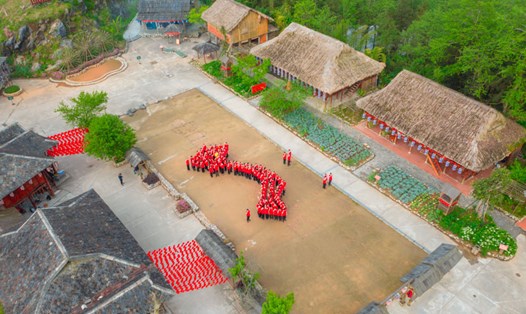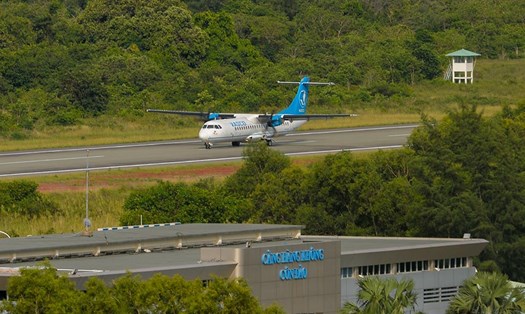Located in the center of the Red River Delta, the two provinces of Hung Yen and Thai Binh, when merged into the newly established Hung Yen province, are not only geographically close but also possess many cultural similarities, creating a unique picture. This is the foundation for connecting and forming inter-provincial and inter-regional tourism routes; including interesting historical and cultural destinations.
Currently, Hung Yen province has more than 2,800 relics; including 6 special national relics and relic sites; more than 300 national relics and clusters, more than 890 provincial relics and clusters; 10 national treasures...
Here are some famous relics that visitors can explore on the spiritual tourism map in the new Hung Yen province.
bell Pagoda
bell tower has long become a famous ancient attraction nationwide. The pagoda is officially called Kim Chung Tu, associated with the golden bell tower, so it is called Kim Chung Tu (ie the Golden bell pagoda).
The pagoda was built early with a complex domestic and foreign-owned architectural style, the items are arranged symmetrically and harmoniously on the symmetrical axis from Tam Quan to Mau's house.
bell Pagoda is located in the Pho Hien Special National Monument, which was ranked as a special national monument in 2014.
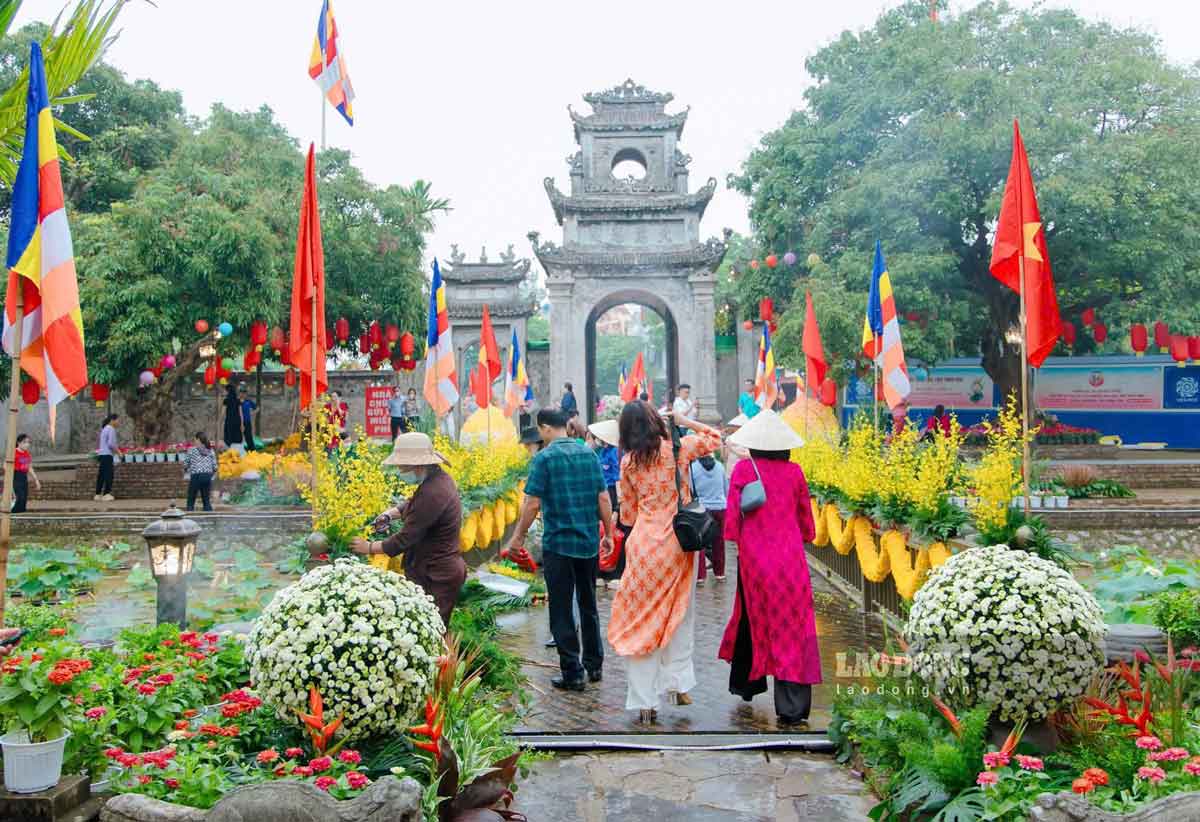
Tran Thai Binh Temple
After the merger, Tran Thai Binh Temple is one of the famous historical relics in Long Hung Commune, the new Hung Yen Province. This is a place to worship the kings of the Tran Dynasty and is recognized by Vietnamese history as a place of the Tran Dynasty's discovery.
With its historical and cultural values, the Mausoleum and Temple of the Tran Dynasty kings has been ranked as a Special National Monument. Every year, the Tran Temple Festival is held from the 13th to the 17th of the first lunar month.
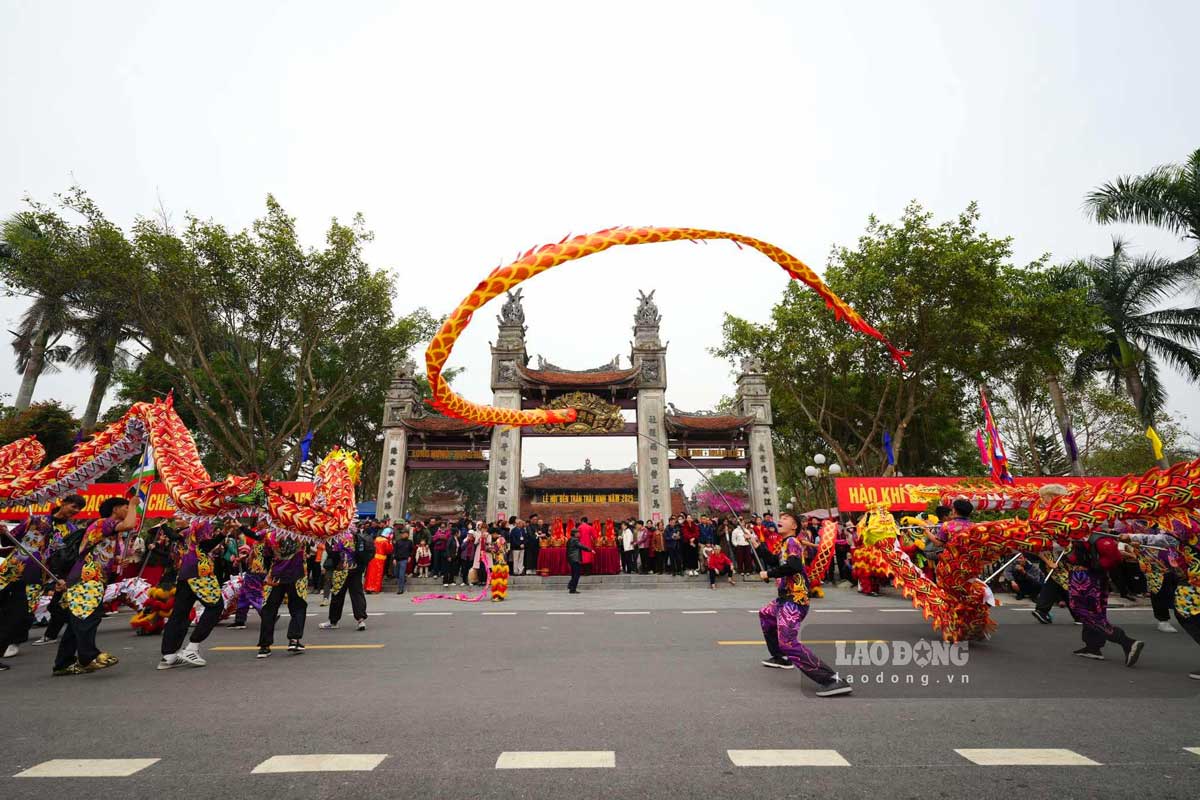
Nom Pagoda
Located in the relic complex of Nom village, Dai Dong commune, Hung Yen province - Nom pagoda is famous for its ancient and sacred pagoda. It is unclear when the pagoda was built.
According to the traces of documents recorded here, the pagoda was restored in 1680. Up to now, the pagoda has been renovated many times but still retains the ancient architectural features typical of the Northern Delta culture from ancient times.
The pagoda also preserves some typical valuable artifacts. Located right in the middle of the pagoda grounds is Quan Am Lao, built under the lake, symbolizing the flourishing lotus platform.
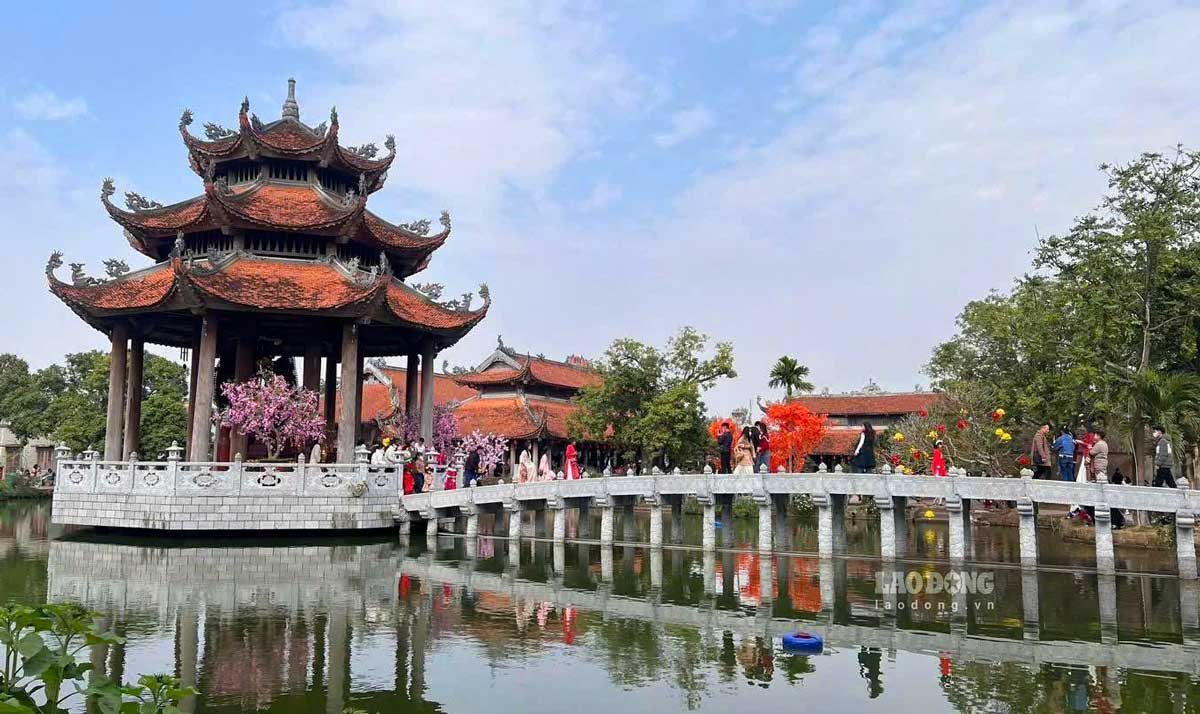
Keo Thai Binh Pagoda
Keo Pagoda is named Than Quang Tu, in Vu Tien Commune, Hung Yen Province. This place preserves and conserves two national treasures of historical, cultural and artistic value, with unique forms.
Keo Pagoda began construction in 1630 and was completed in 1632. The entire project is made of ironwood and is exquisitely carved by the sculptors of the Later Le Dynasty. In 2012, the Keo Pagoda complex was ranked as a special national monument, a national tourist destination since 2013.
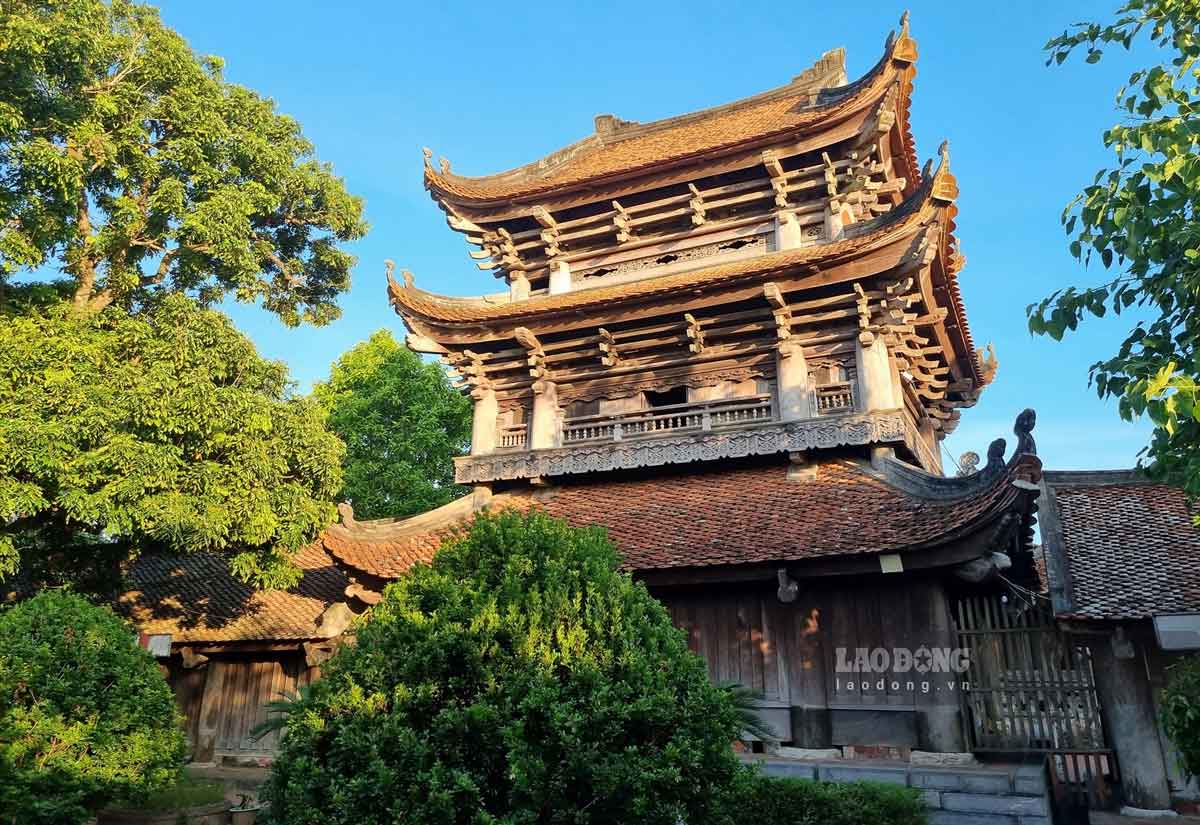
Tien La Temple
When merging with Thai Binh province (old), Hung Yen province (new) had many famous historical relics, including Tien La temple. In 1986, Tien La temple was recognized as a national monument.
The temple is a place to worship Bat Nhan Dong Nhung General Vu Thi Thuc - a female general under the Hai Ba Trung era who protected the country and supported the people in chasing the invaders. The temple was built on the mysterious sacred land of the Golden Temple, creating a resonance and convergence of human values in the worship of the Holy Mother of the Vietnamese people.
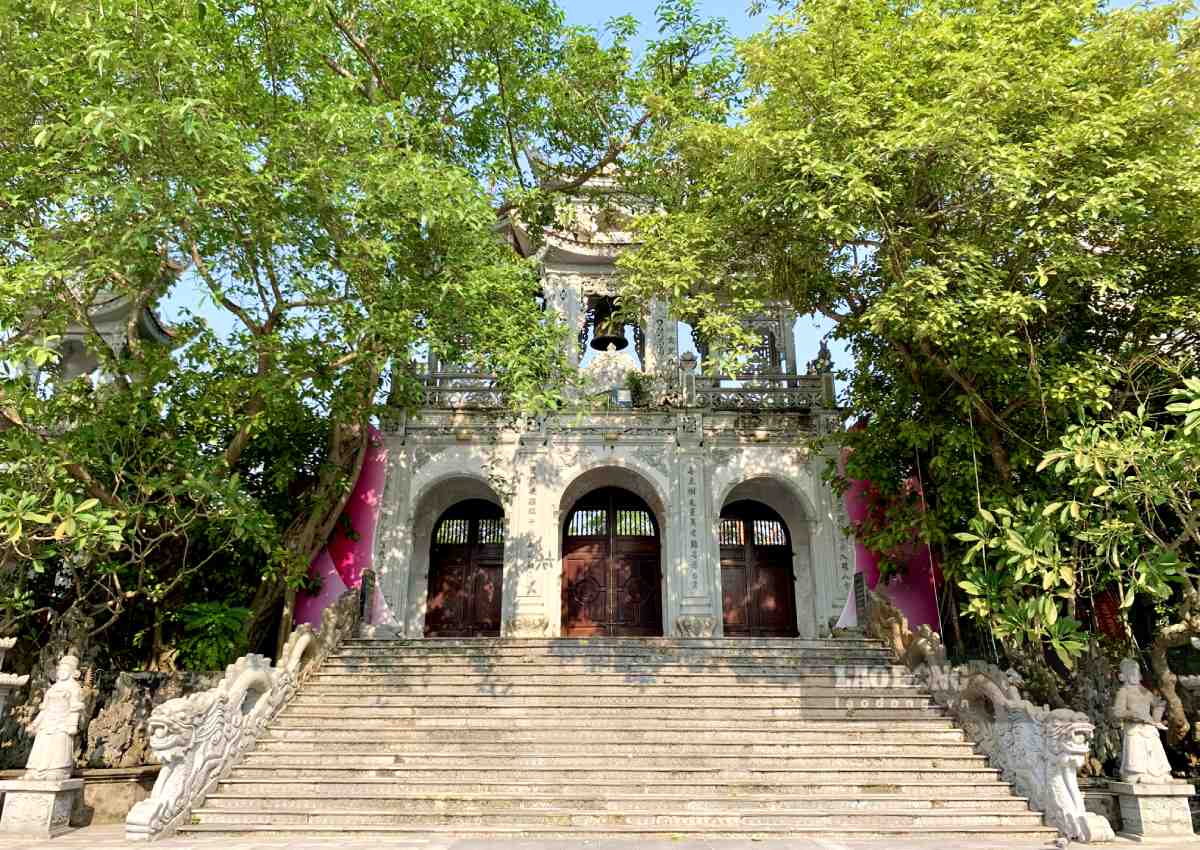
The new Hung Yen province is not only rich in historical relics but also has a strong cultural identity of the North. Along with the cultural flow, today when merging provinces, those values are being awakened and connected into a chain of unique cultural, historical, spiritual and craft village tourism products.

